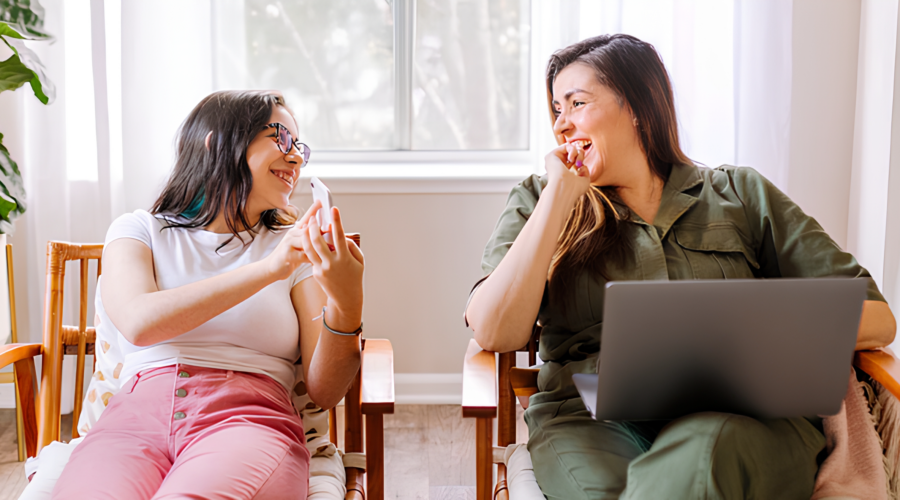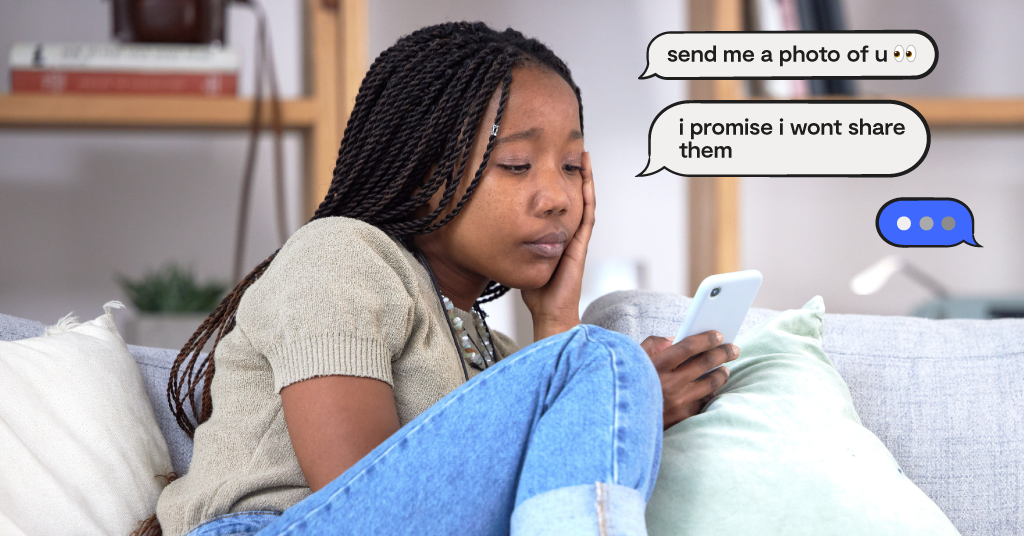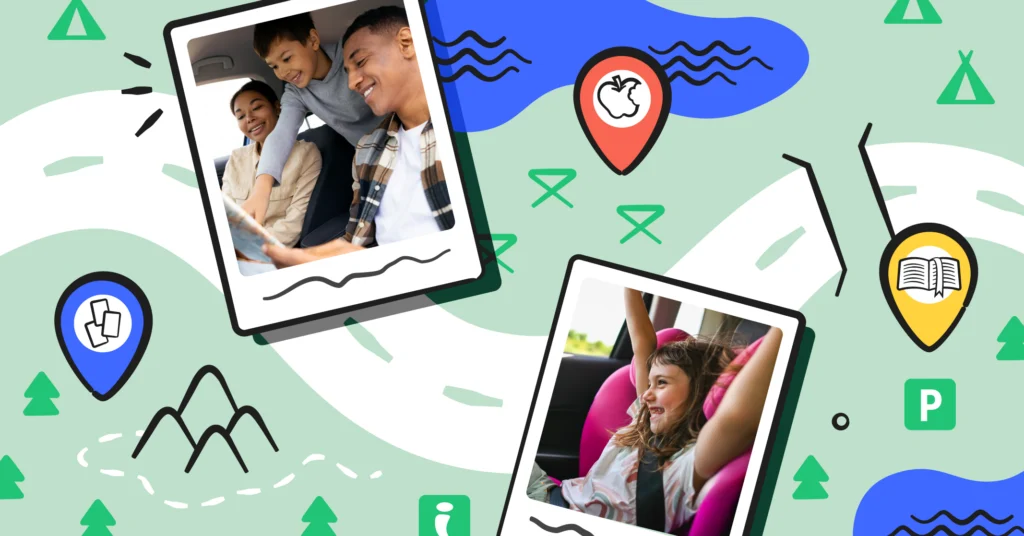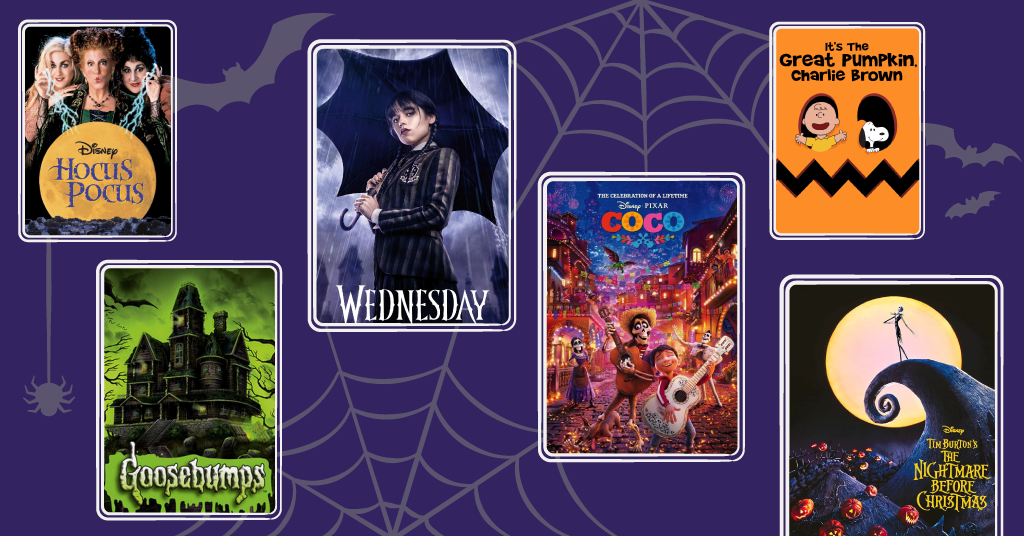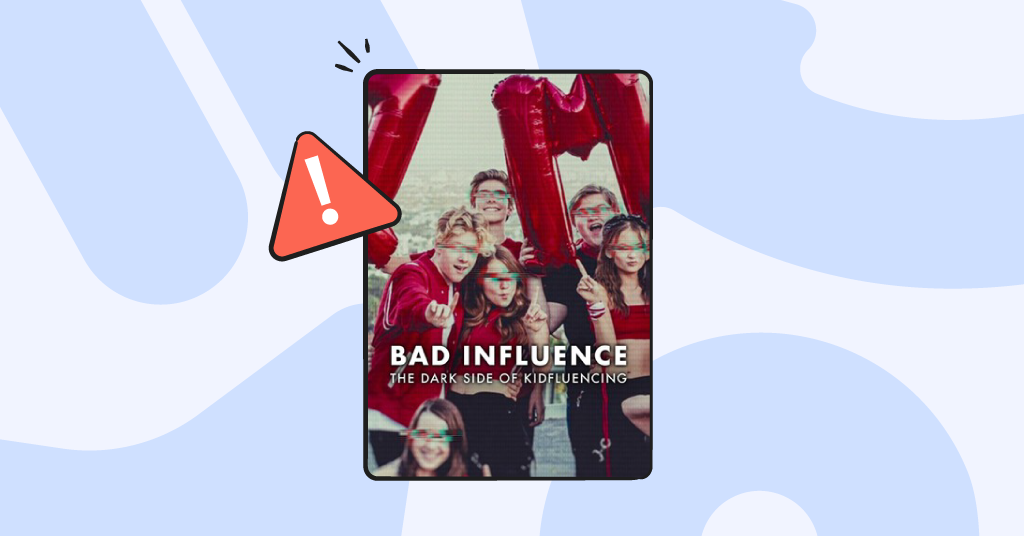 Culture & Media
Culture & Media
7 Things We Can’t Stop Thinking About After Watching Netflix’s Kidfluencing Documentary
The new Netflix documentary Bad Influence: The Dark Side of Kidfluencing explores the world of child influencers through the story of Piper Rockelle and the “squad,” an ever-revolving group of other famous YouTubers in her circle.
This series is a must-watch for parents as it delves into the extremely problematic nature of kids broadcasting their lives 24/7 online for strangers. And while most families will probably never start a YouTube channel, many may consume kidfluencer content — it’s one of the most popular genres on social media and content sites.
As consumers, it’s important for all of us to know what’s really happening to the kids caught in these situations so we can help change the culture around online child exploitation. Here are the seven most shocking things we learned while watching that opened our eyes to what’s really happening online for many kidfluencers, along with some conversation starters you can use to get your child thinking about this type of content.
7 Things We Can’t Stop Thinking About After Watching Netflix’s Kidfluencing
1. Kids should not equal content.
Bad Influence showcases young Piper Rockelle and her squad, and they’re the heart of everything. Regardless of what someone may think about the allegations or whose fault it was that kids got caught up in this lifestyle, it’s important to remember that these are actual children — children with feelings, dreams, and hopes. Their lives shouldn’t be on display 24/7 for the entire world to see, not to mention their emotions, their bad moments, and even their tears. It’s one thing to watch a kid perform a 10-second dance TikTok. It’s something else entirely to spectate a panic attack or breakdown on camera.
Conversation starters:
- How would you feel if your private moments were shared online for everyone to see?
- Do you think it's okay for someone to film you when you’re sad or upset?
2. Kidfluencers are often pushed into this lifestyle by their parents with aims of obscene amounts of wealth.
One of the most shocking things in Kidfluencing is learning just how much money Piper’s family made at the height of her fame — hundreds of thousands dollars per month. Kids may say they want the fame and popularity of being a YouTuber, but they have no idea about the intense financial side of fame and what it can mean for their parents.
Once that money starts rolling in, it’s hard to quit, and some parents will do anything to keep it flowing. Many often quit their day jobs to become “momagers” to ensure the content keeps raking in money. It then becomes a very unusual — and deeply unhealthy — situation where the child becomes the breadwinner for their family, which can be a problematic dynamic for someone so young.
Conversation starters:
- Why do you think some parents want their kids to be famous YouTubers?
- If you made money from videos, who do you think should decide how it gets used?
3. It’s not just kids watching this type of content — it’s also adults. Creepy adults.
When you have millions of followers online, it’s safe to assume they’ll consist of many different types of people. You'd think it’d be primarily kids watching other kids, but nothing could be further from the truth. One demographic in particular — grown men who are sexually attracted to kids — is the most concerning.
The filmmakers mention this article by the New York Times, which goes into detail about how there’s a marketplace of girl influencers managed by moms and stalked by men. In the show, we learn how Piper’s team interacted with men online to receive lavish gifts and money. The more they click, subscribe, and comment, the more money is generated — and thanks to the algorithm, the more other men will see their content.
Conversation starters:
- Do you think it’s safe to post videos where strangers can see everything about your life?
- Why is it important to be careful about who watches the things you share online?
4. The desperate drive for views and clicks usually leads to dangerous and inappropriate content.
When your main goal is to go viral, the stakes are constantly being raised. The kids in the squad continually felt pressured to outdo themselves when it came to video content, resulting in more and more shocking and dangerous acts. Honestly, it’s not unlike watching an episode of Real Housewives. From fake relationships and super dramatic breakups to sexually charged acts like the “last to stop kissing boyfriend” challenge — it’s all for clicks. And because the platforms reward engagement, the most outrageous content rises to the top, no matter how harmful it is to the young people involved.
Conversation starters:
- Have you ever watched a video that seemed really dangerous or made you uncomfortable? What did you think about it?
- Why do you think some people take risks just to get more views?
5. Regular kids dream of being YouTubers without knowing the pitfalls of fame.
If you were to ask a child in the ‘90s what they wanted to be when they grew up, you’d most likely hear “baseball player,” “astronaut,’ and “ballet dancer.” Ask a kid in 2025, and many will respond with “influencer.” It’s easy to see why — the fame, the celebrity, the popularity, the sponsorships. But what kids don’t realize is that the type of work it takes to maintain an influencer lifestyle can often be exhausting and brutal.
In the show, we hear from members of the squad who said they worked hard take after take until the wee hours of the early morning — day in and day out. Making a video with your friends can be fun, but constantly filming every angle of your life eventually loses its fun and simply turns into any other job.
Not only is being an influencer not all it’s cracked up to be, it can also take a toll emotionally on kids. One quote from a member of the squad drove this home: “When you have an amplified audience, it’s really, really hard to distinguish what relationships are real, what friendships are real, and what your true self actually looks like.” This constant pressure can lead to anxiety, depression, and burnout— and no kid should have to deal with that just to keep followers happy.
Conversation starters:
- If you could be a famous YouTuber, what would be the fun part, and what might be the hard part?
- What would filming videos for 8 hours a day or more be like?
6. Stronger labor laws need to be in place to protect these kids.
That leads us directly into how unregulated the kidfluencer space really is. Child actors are protected under strict labor laws that mandate working hours, time off, compensation safeguards, and schooling. But none of these laws apply to YouTubers or kidfluencers, even if they’re making hundreds of thousands of dollars a month. These kids are working around the clock without real protections or oversight. It didn’t appear in the documentary that home schooling was taken very seriously, either.
But because it “looks “like fun,” no one seems to be paying too much attention to it. The industry has also grown too fast for legislation to keep up. And as one mom mentions in the show, it would also be hard to even implement them, as parents often film in the privacy of their home. How would the government even get involved in every single case?
Conversation starters:
- Why are there rules about how much kids can work in jobs like acting? Does it matter if the work seems “fun”?
- How do you think child actors balance school and work? Do you think it would be hard?
7. Social media platforms continue to profit off this type of exploitation.
Let’s be honest — YouTube, TikTok, Instagram and other similar platforms aren’t designed with a child’s best interest in mind. They’re built to keep us clicking, tapping, watching, commenting, and sharing. When kidfluencer content gets popular, that means more money in their pockets. The more outrageous or emotional the video, the more the algorithm will promote it, no matter how unsafe or inappropriate it may be. In the case of Piper, her content only became demonetized once the lawsuit was filed and garnered national attention. Until real rules and protections are put in place, kids are going to keep getting caught in the middle.
Conversation starters:
- How do you think social media companies make money from the videos people post?
- Should these companies be responsible for keeping kids safe online? Why or why not?
How Bark Can Help
Watching Bad Influence makes one thing clear: Kids need more protection online. Whether they’re watching kidfluencer content, making their own videos in the hopes of going viral, or even just casually scrolling Instagram, the digital world is full of pressures they’re not always ready for.
That’s where Bark comes in. We help parents manage their child’s digital world, from monitoring texts and google searches to blocking inappropriate websites and apps — and so much more! We offer a variety of products that help parents protect their kids online, including the Bark app, the Bark Watch, the Bark Phone, and the Bark Home. Kids are ready for safer tech way before they are ready for social media, and that’s where we come in. Check out our products page to find out which one is the best fit for your child.
Read more
Bark helps families manage and protect their children’s digital lives.
